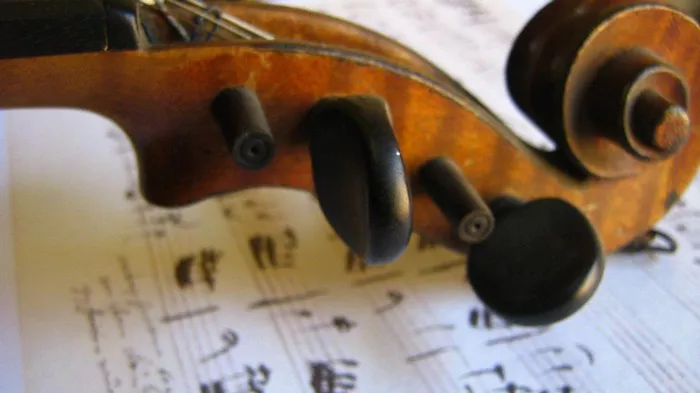In the rich tapestry of classical piano compositions, few pieces command the same level of reverence and admiration as Frédéric Chopin’s Prelude in C-Sharp Minor. This timeless masterpiece, with its haunting melody and evocative harmonies, continues to captivate both performers and audiences alike with its profound emotional depth and technical brilliance.
A Prelude of Intensity and Passion
Composed in 1834, the Prelude in C-Sharp Minor is the tenth piece in Chopin’s Op. 28 collection, commonly referred to as the “24 Preludes.” These preludes represent a significant departure from the traditional prelude form, which typically served as introductory pieces or warm-ups. Instead, Chopin crafted each prelude as a standalone miniature, exploring a wide range of emotions, moods, and technical challenges within the confines of a single composition.
The Prelude in C-Sharp Minor stands out for its intense emotional expression and virtuosic demands on the performer. From the brooding opening bars to the explosive climax, Chopin weaves a narrative of passion, despair, and ultimately, triumph. The piece is imbued with a sense of urgency and turbulence, reflecting the tumultuous inner world of the composer.
Technical Challenges and Interpretative Nuances
At its core, the Prelude in C-Sharp Minor presents a formidable technical challenge for pianists. The relentless cascade of arpeggios, intricate ornamentation, and wide-ranging dynamics demand impeccable control and precision from the performer. Achieving a balance between power and delicacy, while maintaining clarity and expression, is essential to capturing the essence of Chopin’s vision.
One of the most striking features of the Prelude is its harmonic ambiguity. Chopin’s use of chromaticism and enharmonic modulation creates a sense of harmonic fluidity, blurring the lines between major and minor tonalities. This ambiguity adds to the piece’s emotional intensity, leaving listeners on edge as they navigate the shifting harmonic landscape.
Interpretatively, the Prelude offers ample opportunities for pianists to imbue their performance with personal expression and nuance. From the whispered pianissimos to the thundering fortissimos, every phrase is ripe for interpretation, allowing performers to convey their unique perspective on Chopin’s musical language. The challenge lies in striking a balance between fidelity to the score and artistic freedom, ensuring that each performance remains faithful to the spirit of the composition while also bearing the mark of the performer’s individuality.
A Window into Chopin’s Soul
Like many of Chopin’s works, the Prelude in C-Sharp Minor reflects the composer’s own inner struggles and emotions. Chopin, who was known for his delicate constitution and hypersensitivity, poured his deepest thoughts and feelings into his music, using the piano as a medium for self-expression and catharsis.
In the Prelude, we hear echoes of Chopin’s melancholy and longing, as well as his fiery passion and resilience. The piece traverses a wide emotional spectrum, from the desolate despair of the opening bars to the triumphant resolve of the final chords. It is a testament to Chopin’s genius that he was able to distill such complex and profound emotions into a compact and exquisitely crafted composition.
Legacy and Influence
Over a century and a half since its composition, the Prelude in C-Sharp Minor continues to inspire and captivate musicians and audiences around the world. Its timeless beauty and emotional depth ensure its enduring relevance in the repertoire of classical piano music.
Countless pianists have tackled the Prelude, each bringing their own interpretation and insight to this musical gem. From the legendary virtuosity of Vladimir Horowitz to the poetic sensitivity of Arthur Rubinstein, the Prelude has been interpreted in myriad ways, each performance offering a new perspective on Chopin’s masterpiece.
Beyond its significance as a standalone composition, the Prelude in C-Sharp Minor also holds a special place in the broader context of Chopin’s oeuvre. It serves as a microcosm of Chopin’s distinctive style, showcasing his mastery of melody, harmony, and pianistic technique. In its brevity and intensity, the Prelude encapsulates the essence of Chopin’s musical genius, offering a glimpse into the soul of one of history’s greatest composers.
Conclusion
In the pantheon of classical piano music, few compositions can rival the emotional depth and technical brilliance of Frédéric Chopin’s Prelude in C-Sharp Minor. From its haunting melody to its virtuosic demands, the Prelude stands as a testament to Chopin’s unparalleled genius and enduring legacy.
As performers continue to interpret and explore this timeless masterpiece, they uncover new layers of meaning and expression, keeping alive the spirit of Chopin’s music for generations to come. In the Prelude, we find not only a reflection of Chopin’s own inner turmoil and passion but also a timeless expression of the human experience, transcending the boundaries of time and culture.
As we listen to the haunting strains of the Prelude in C-Sharp Minor, we are reminded of the power of music to evoke emotion, provoke thought, and unite us in our shared humanity. In its beauty and complexity, the Prelude remains a source of inspiration and wonder, inviting us to delve deeper into the mysteries of Chopin’s musical universe.

